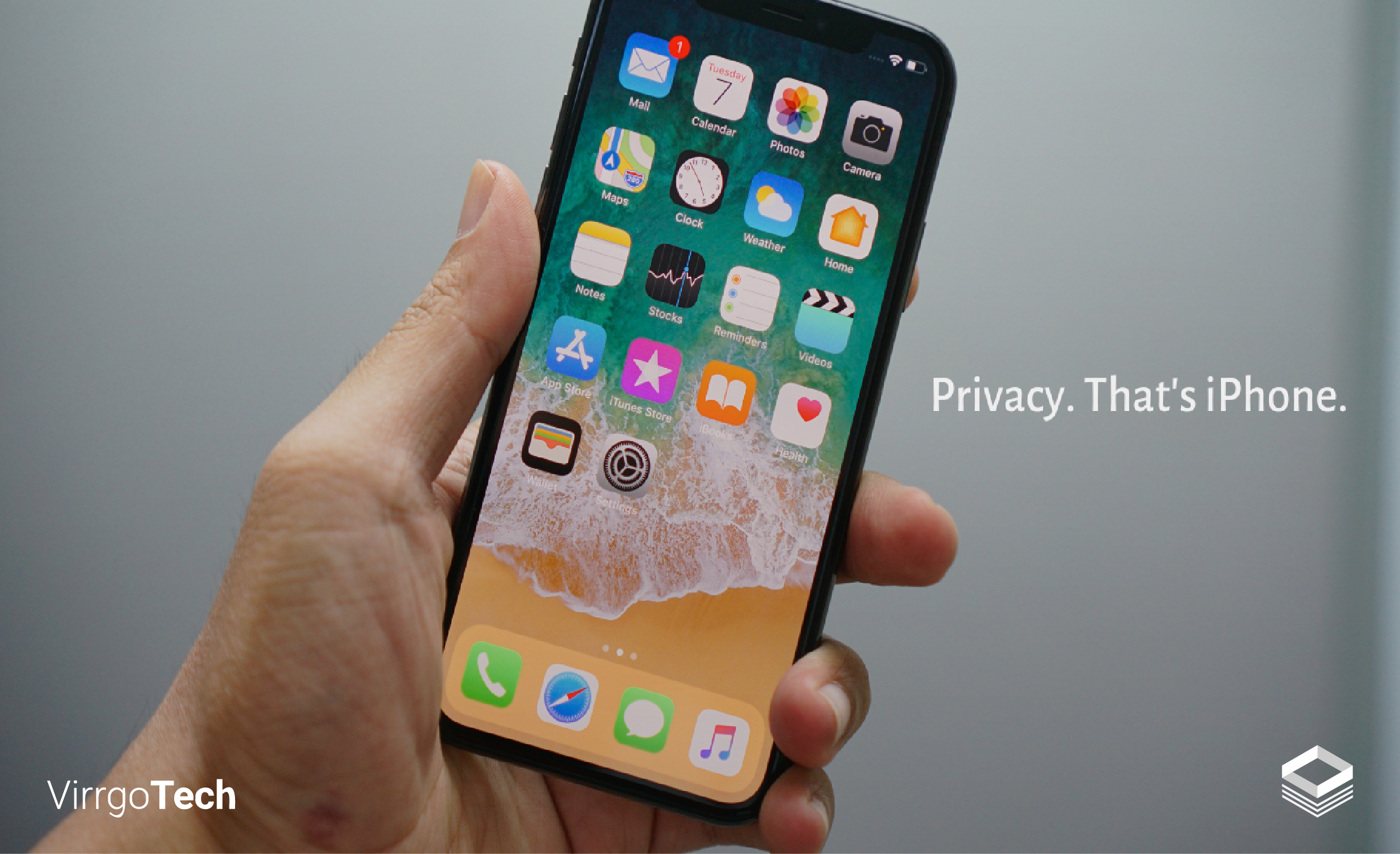Brands, like humans, may evolve with time but their core identity must never change. Your Brand Identity is how you convey your brand’s mission through your words, promises, values, and the feelings you inspire in the hearts of your consumers.
There are over 528 million entrepreneurs on the face of the earth. There’s an estimated number of 334 million companies registered worldwide. Alone, in the United States, there are over 6.2 million employer firms. But when asked to recall the names of some brands from your memory, you will hardly remember only a few.
There’s a reason why only a few brands dominate the industry. There’s a reason why some brands evolve, while other perish in oblivion. Certainly, there’s a strong reason some brands are unforgettable. These reasons, however numerous they may be, all converge at a single point that we may refer to as the ‘Brand Identity’
Brand Identity: Laying the Foundation
In the words of Jeff Bezos, “Your brand is what people say about you when you’re not in the room”.
Brand identity is not a mere object of your mental imagery. It might not be what your logo or branding design and colors conveys. Your brand identity is in fact the personality you wear. It has strong and consistent characteristics of voice, style, colors, values, and a compelling origin story or mission statement that makes it memorable.
A strong brand identity demands building a stronger foundation first. Here’s how you must initiate your branding endeavours:
1) Give Your Brand a ‘Face’
A personality is incomplete without a face. A brand is impossible without a logo. Your logo is the visual identity of your brand. But precaution must be observed when choosing a brand’s logo because you cannot give a funny face to The Superman.
A few factors to consider when you choose a logo for your brand:
- Your logo should reflect your brand’s values, personality, or message.
- It should be compelling enough to stand out in a crowd.
- There must be an equilibrium between design elements (fonts, voice, style) and the logo design.
2) Develop a Personality
Strong, bold, reliable – that’s Netflix. Cute, clean, and minimalist – Miniso. Every brand has a personality that is reflected from their products/services, brand tone, colors, typography, and imagery.
To lay a firm foundation, you must define all the aforementioned factors and stick to the personality with relentless consistency. Remember, consistency in branding is the number one factor that makes a brand unforgettable.
3) Avoid the Pits
Branding is a continual effort against mediocre marketing. When you start developing your brand identity, it’s enormously easy to fall into the pits of common marketing strategies that may work short-term but bereave you of your long-term branding vision.
Some examples of such pits include:
- Giving your customers mixed messages
- Copying your competitors
- Losing consistency between online and offline
- Degrading quality for the sake of scaling
Remember, laying the foundation for a strong brand identity can be a time-consuming process. It mustn’t be dealt with a haste unless you want to build over a foundation that’s fragile and substandard.
A good approach would be to take help from a marketing or branding company that provides corporate branding services. They would have experience navigating brands towards success, and will help you avoid the secret snares of this challenging journey.
The Art of Building an Unforgettable Brand Identity
Having built a strong brand image has its perks, but it is merely the first step in your branding journey. The rest is an endless way where a brand scales its services and evolves its methods, keeping the principles, values, and the mission unaltered.
However, as a brand scales and the business grows, new resources, team members, and stakeholders join the bigger picture. That’s when it becomes pivotal for a brand to look after its image and ensure that the same image echoes throughout the employees and the consumers.
Here’s how some of the biggest brands strive towards keeping their brand identity unforgettable:
Keeping the Brand Promise
Your brand promise is what you tell your customers about your values and missions. To declare a brand as people’s brand and to garner the customer loyalty, it is essential for a brand to abide by its promises.
Whether you’re keeping your brand promise or how well you’re keeping it is reflected in customer experience. To nurture this experience, a brand must encompass its values and promises in every mode of interaction between the brand and the customer.
If your marketing team is doing great at keeping the brand identity at the core of their strategies but your customer relationships team is giving mixed messages, chances are your customers will feel deluded or betrayed. This is why it is crucial for a brand to keep all the stakeholders on the same page.
Confirming a Shared Understanding
As you move up in your branding journey, or as your business grows, you will hire more representatives of your brand. They may be the field employees, middle or top level managers, or directors of different departments.
This is when a corporate brand must confirm a shared understanding of its core values, and ensure time-to-time that the same brand identity resonates throughout the company. This is important because for your brand’s values to resonate loudly among your consumers, they must first be clearly propagated among your employees.
As a leader, it is important for you to consider all your employees as your brand advocates. When you appreciate them for the work they were hired for, treat them with respect, empower them to innovate, and inspire them to believe in your brand’s mission, they will strengthen your brand beyond imagination.
Looking at Your Brand from ‘Outside the Box’
There are many factors involved in why people buy brands. The principles and values of your brand are “inside factors”. But the mission and personality are outward rays that are best reflected by your customer’s opinion of your brand. Your brand is what your customers think about it, not what you think it is (Marty Neumeier).
An amazing example of how customer perception shapes your brand and why is it necessary to align your content marketing and branding strategies to that perception, can be found in the story of V8 Carrot Juices.
For years, Campbell’s Soup Company marketed V8 Carrot Juice as a thirst-quencher. Their sales were just average. To improve their sales and to find out the real reasons why their consumers buy their products, they interviewed some of the customers.
To their surprise, they found an entirely different story. About 93% of their customers mentioned that they drank V8 juice as a replacement for eating carrots (not to quench their thirst).
Soon after this, they changed their marketing strategies to brand themselves as a health-focused company. Within a year, their sales quadrupled!
Many similar examples can be found where companies evaluated their brand image from their customers’ point of view and got a completely different image to who they thought they were. This is why conducting periodic brand audits can be a rewarding process and may spark some new, out-of-the-box ideas you hadn’t considered before.
Focusing on Emotions
Consumers are primarily driven by the emotions. If you take a look at the advertisement campaigns of successful brands, you’ll find them evoking emotions instead of bluntly focusing on product features.
For example, Apple has built a strong reputation as a privacy stalwart in the world of data-hungry tech companies. Instead of going crazy about the amazing features of their new releases, they simply advertise the newly-added privacy features. By this, they are serving the primal need of privacy that every human feels, and earning brand loyalty in return.
Another such example has been set by Dove, who interviewed their customers and found out that many women felt unrepresented in traditional beauty advertising and sought more inclusive and authentic representations.
Dove shifted its marketing message to focus on promoting real beauty and self-acceptance. This emotions-centric approach resonated with consumers, and Dove’s “Real Beauty” campaign gained widespread attention and praise, growing their sales by 55% from 2004 to 2019 (Unilever).
The Impression Must Last
Building a brand identity is one thing, making it unforgettable is another. Your brand becomes unforgettable when you consistently spark lasting impressions. It calls for an unfailing approach towards delivering your customers the experience your brand image promises.
To end with the words of Larry Ackerman – “Identity is cause; brand is effect, and the strength of the former influences the strength of the latter”.
 +1-713-701-5823
+1-713-701-5823 +92-518-441-742
+92-518-441-742
